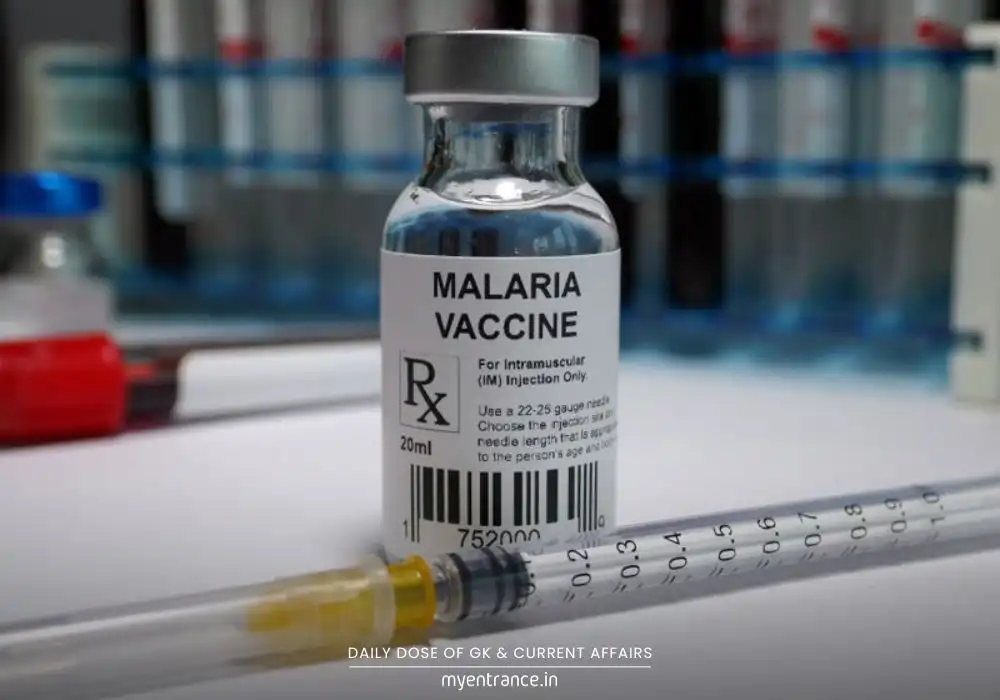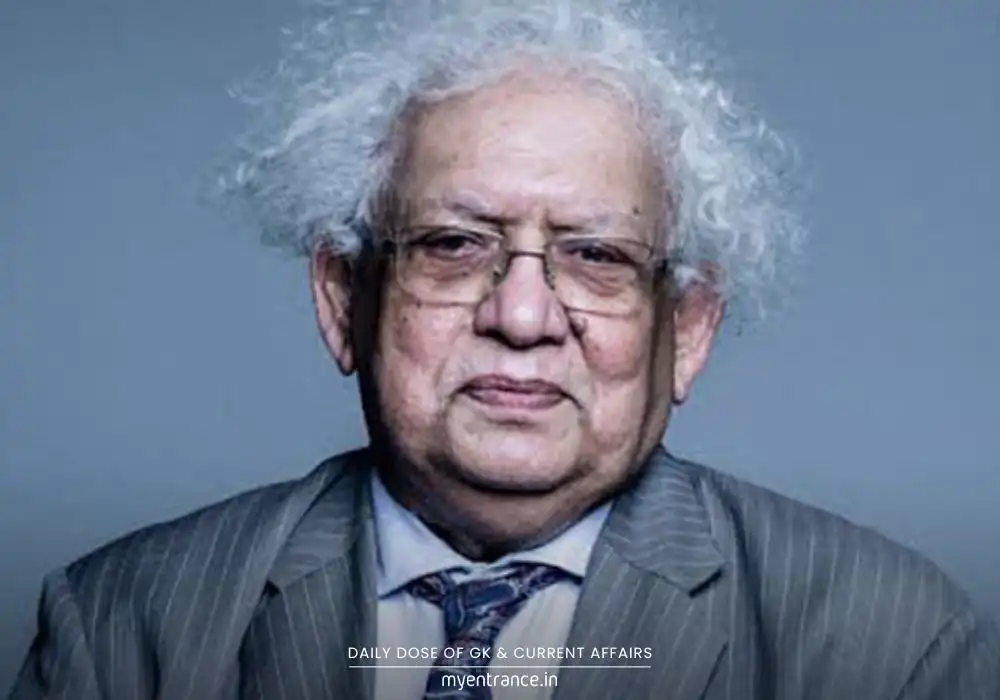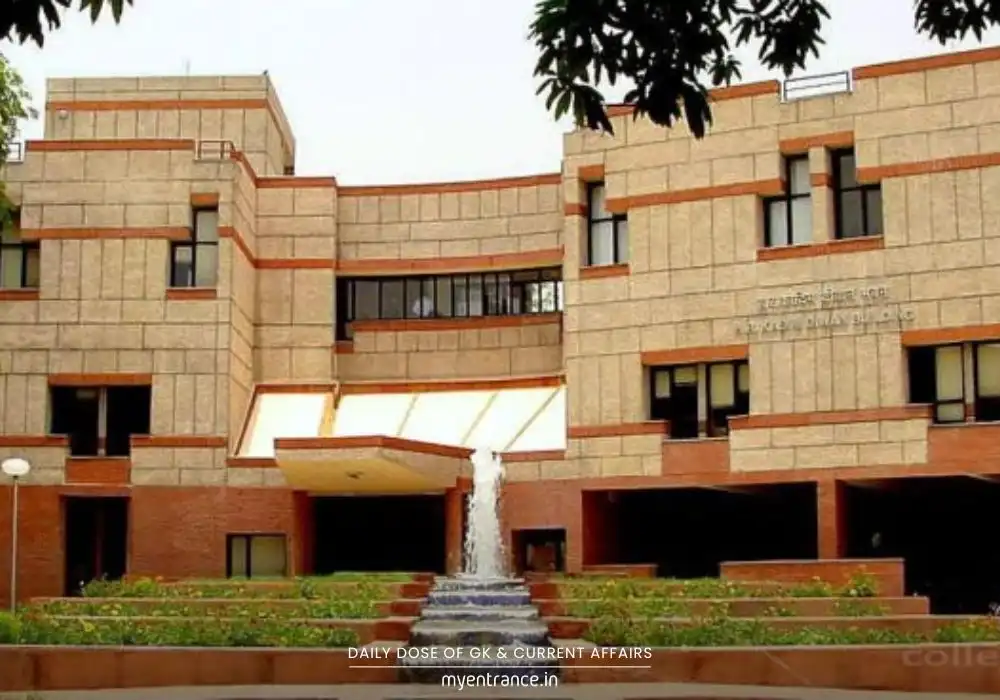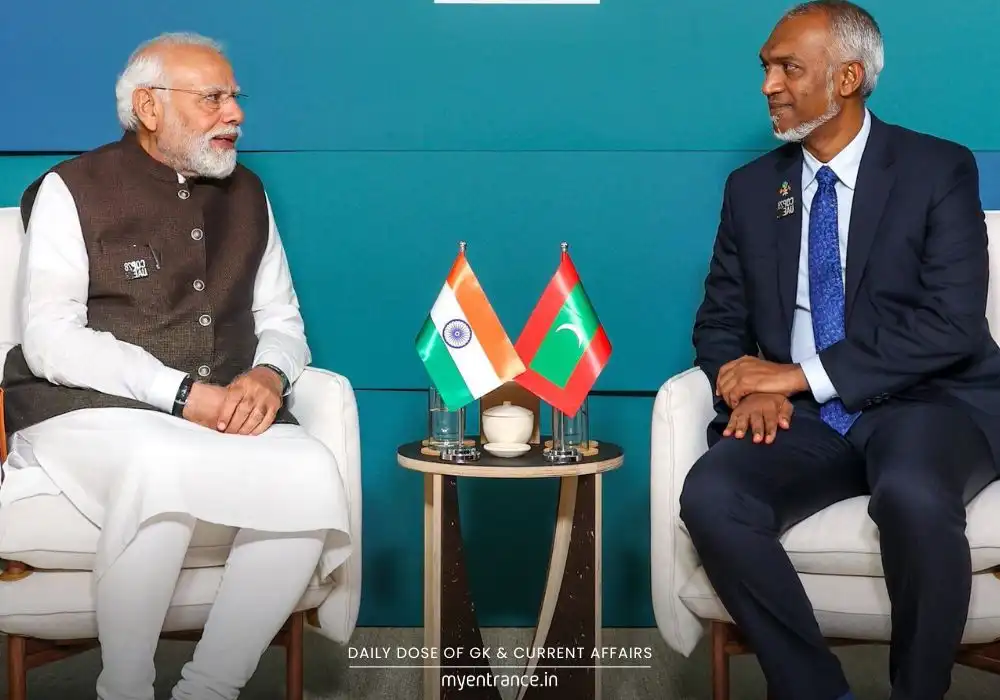Translate Language
Can India’s New Malaria Vaccine, AdFalciVax, Eradicate the Disease for Good?
The ICMR has invited Indian vaccine manufacturers to partner on AdFalciVax—a promising malaria vaccine developed by its Bhubaneswar research centre. This innovation targets Africa’s deadliest malaria strain (Plasmodium falciparum), but India faces unique challenges. Here’s what aspirants need to know.

AdFalciVax: India’s Malaria Vaccine Breakthrough
How AdFalciVax Works
AdFalciVax isn’t your typical vaccine. It’s a chimeric recombinant vaccine, engineered by fusing genes from the malaria parasite (Plasmodium) to create immune-triggering proteins. Its two-pronged approach tackles malaria transmission at the source:
Circumsporozoite Protein (CSP): Blocks infection in vaccinated individuals by targeting the parasite during its early “sporozoite” and “liver” stages.
Pro6C Protein: A fusion protein that stops community transmission by disrupting the parasite’s ability to spread between humans via mosquitoes.
“Any immune response against these stages protects the immunised person from infection.”
— Subhash Singh, ICMR Project Manager
Current Status and Challenges
Animal Trials: Over 90% protection in mice, but human trials are pending.
India’s Malaria Paradox: AdFalciVax targets P. falciparum (common in Africa), but India’s dominant strain is P. vivax—making the vaccine ineffective locally.
ICMR’s Plan: Partner with a manufacturer for trials and production. ICMR retains IP rights, while new IP from collaboration is shared.
India’s Malaria Progress: WHO Report 2024 Highlights
India’s strides against malaria are remarkable:
Exited the WHO’s “High-Burden to High-Impact” (HBHI) group in 2024.
69% drop in malaria cases (6.4 million in 2017 → 2 million in 2023).
68% reduction in deaths (11,100 → 3,500).
This success stems from targeted interventions in high-endemic states like Odisha and Chhattisgarh.
Malaria: The Global Killer
Annual Deaths: ~400,000 globally (mostly African children).
Symptoms: Fever, chills, vomiting, organ failure, and death.
Hotspots: Nigeria, Congo, Tanzania, and Burkina Faso account for 50%+ deaths.
World Malaria Day 2025
Theme: “Malaria Ends With Us: Reinvest, Reimagine, Reignite.”
Goal: Mobilize global action through funding, innovation, and community engagement.
Key Q&A on AdFalciVax and Malaria
Q1: Why is AdFalciVax ineffective against India’s malaria?
A: It targets P. falciparum, but 60% of India’s cases are caused by P. vivax. A separate vaccine is needed for the local strain.
Q2: How does AdFalciVax differ from other malaria vaccines?
A: It’s a dual-action vaccine—CSP protects the individual, while Pro6C stops community spread. Most vaccines (like RTS,S) focus only on individual protection.
Q3: What’s next for AdFalciVax development?
A: ICMR seeks a manufacturing partner for human trials and mass production. No timeline is confirmed yet.
Q4: Why did India exit the WHO’s HBHI group?
A: Due to a 69% drop in cases and 68% fewer deaths (2017–2023), driven by better diagnostics, mosquito control, and healthcare access.
Q5: Could AdFalciVax benefit Africa?
A: Yes! Africa bears 94% of global malaria deaths, mostly from P. falciparum. If human trials succeed, AdFalciVax could save millions of lives there.
Why This Matters for Exam Aspirants
For UPSC/SSC/PSC exams, focus on:
Science: Vaccine technology (recombinant/chimeric vaccines).
Health Policy: India’s malaria reduction strategies and WHO reports.
Current Affairs: AdFalciVax as a symbol of India’s research prowess.
Pro Tip: Link malaria prevention to SDG 3 (Good Health). Use terms like “zoonotic disease” or “vector control” in answers!
Get 3 Months Free Access for SSC, PSC, NIFT & NID
Boost your exam prep!
Use offer code WELCOME28 to get 3 months free subscription. Start preparing today!















